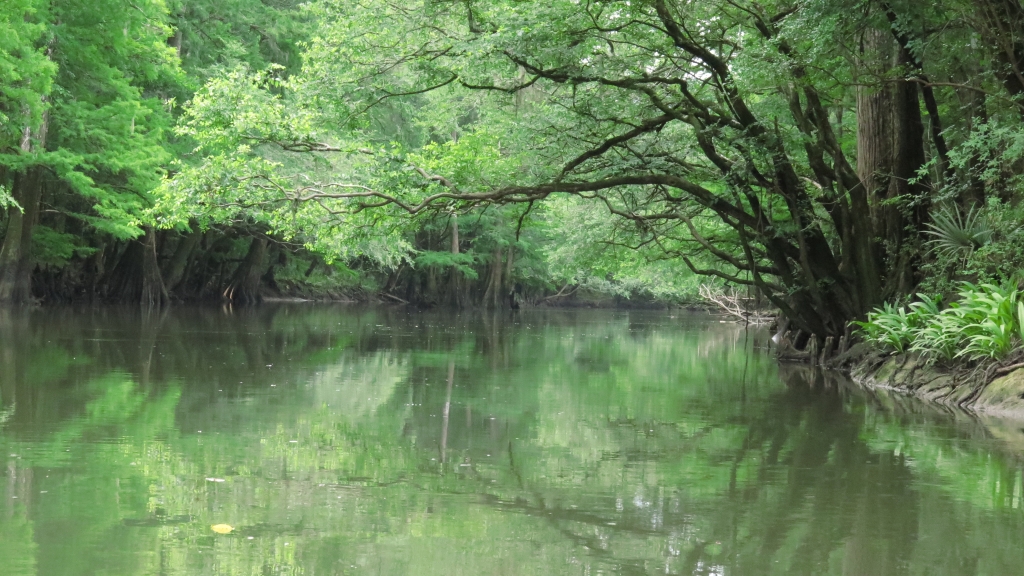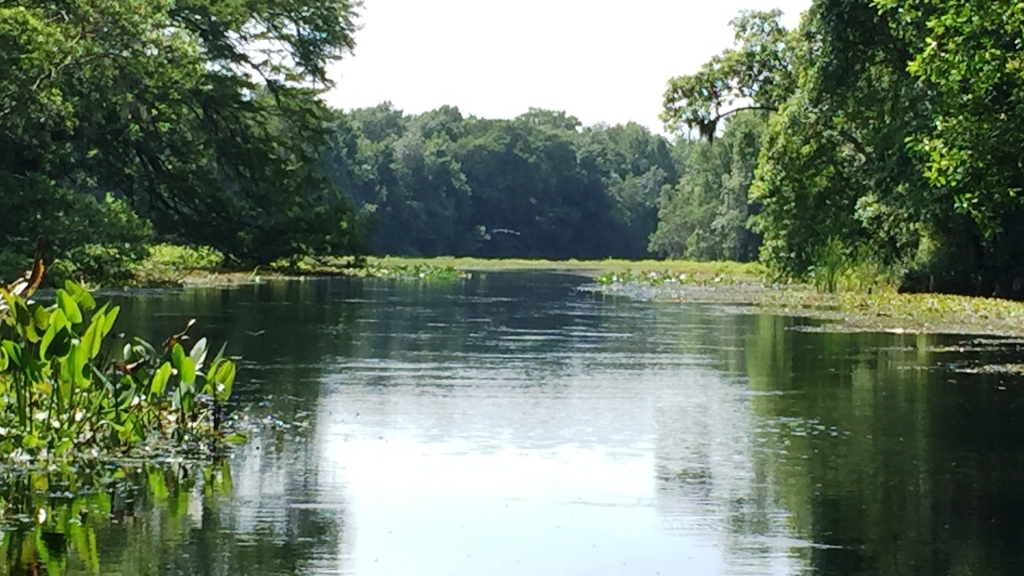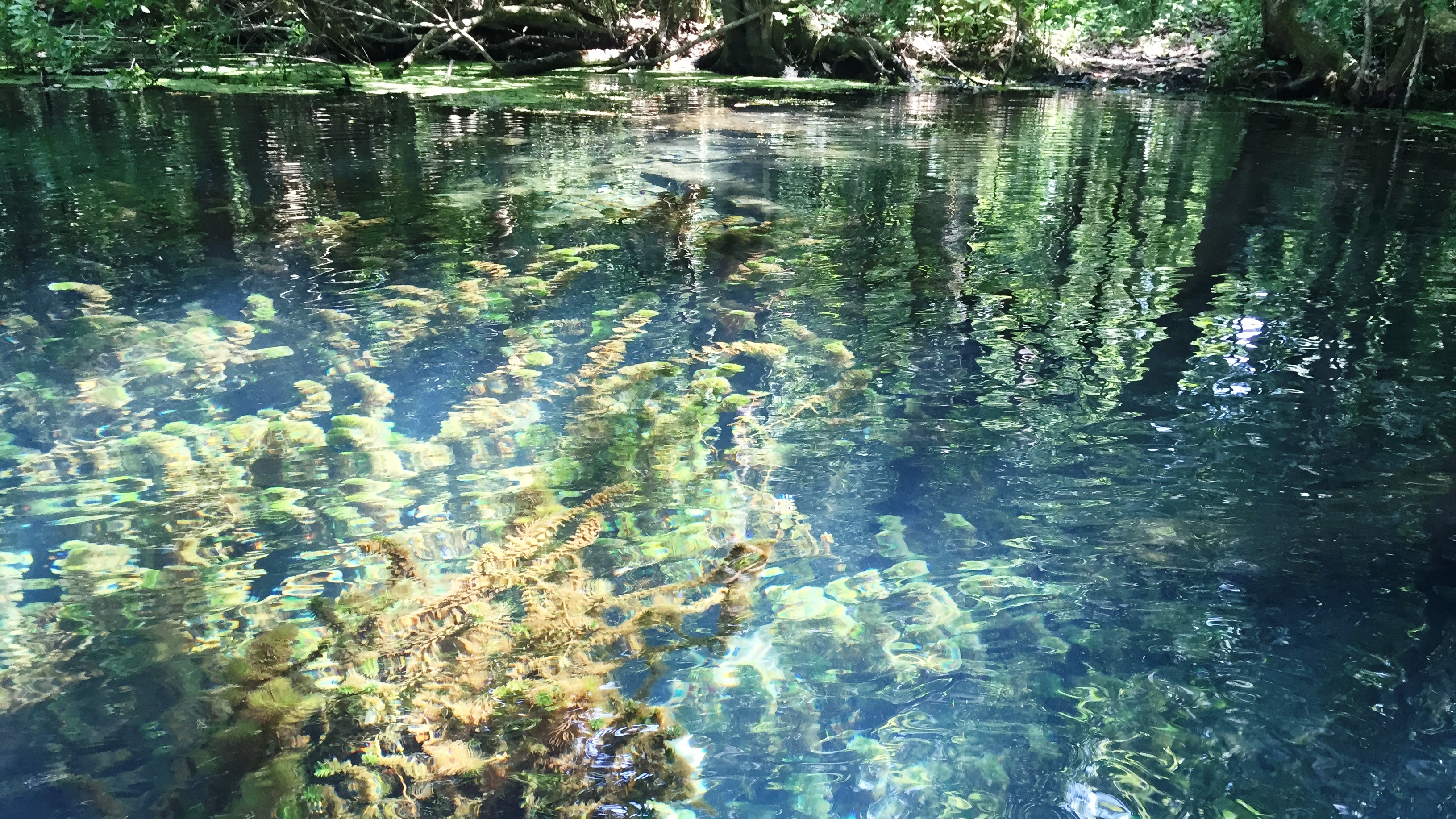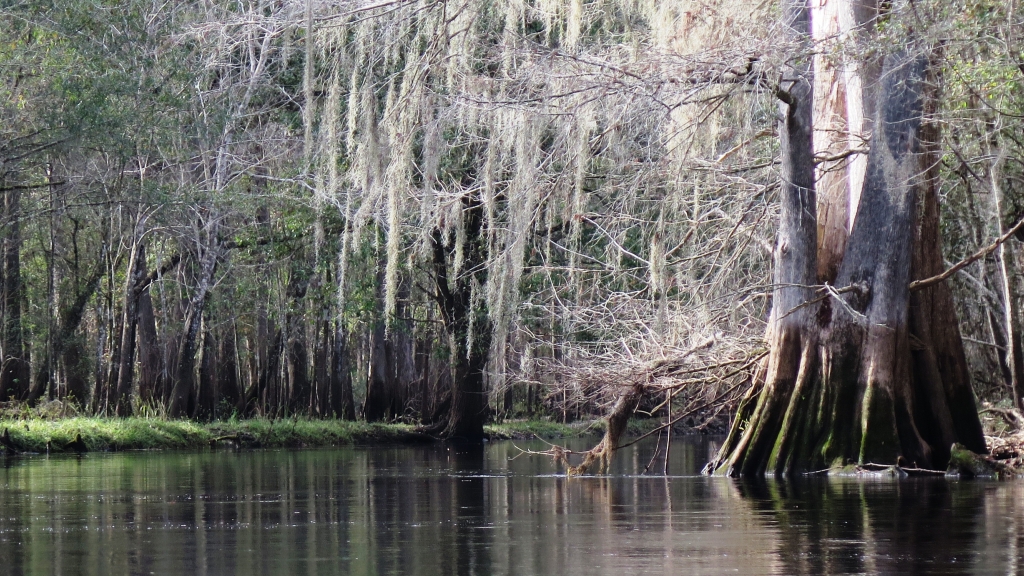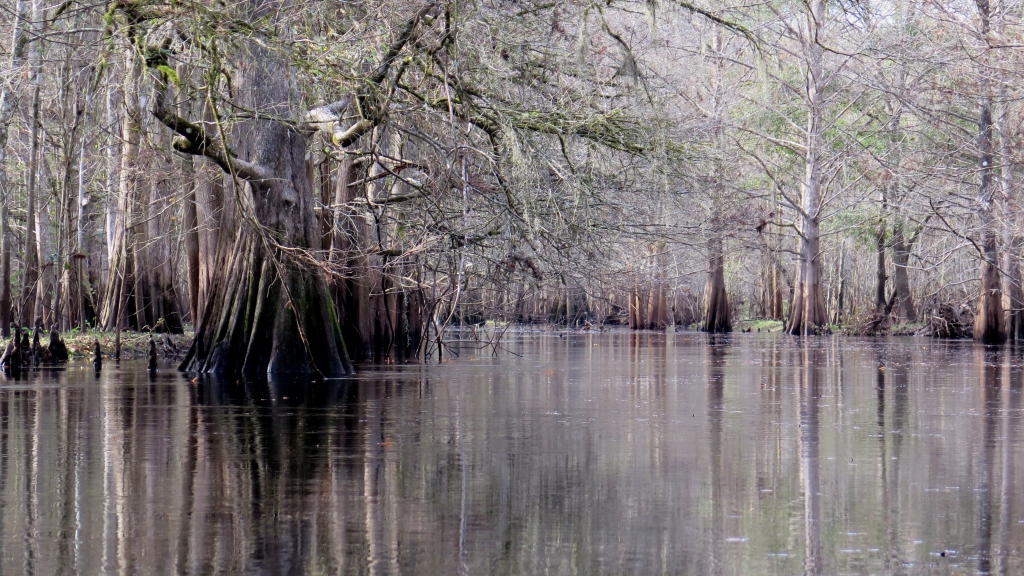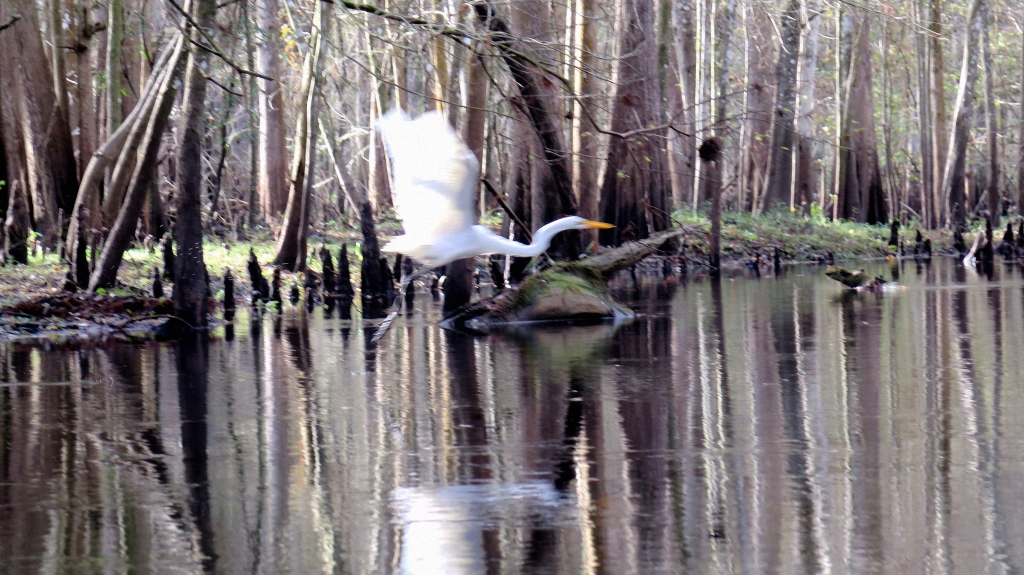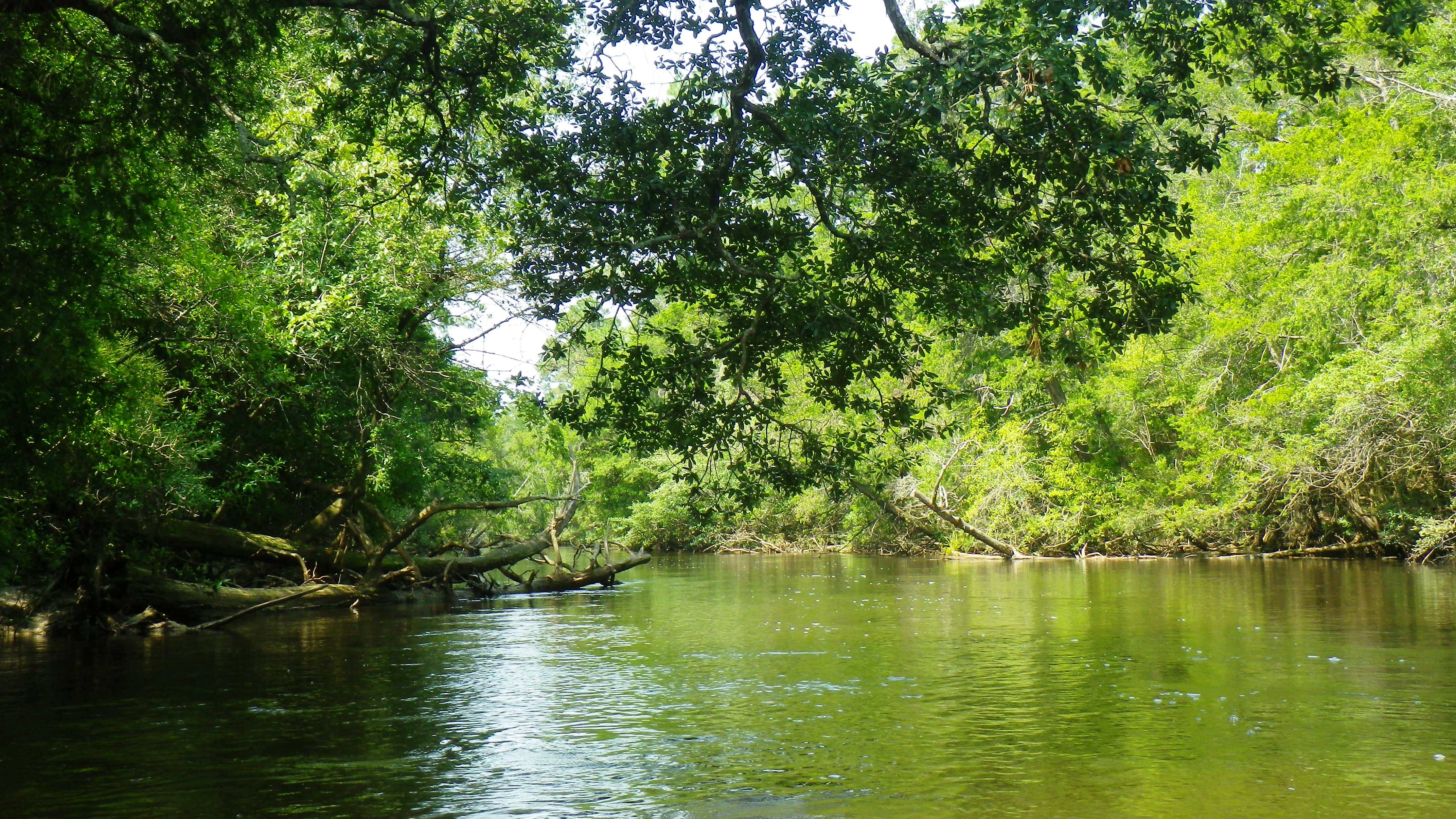I arrived at the Ocklawaha Canoe Outpost and Resort in time to check into my cabin and unpack before jumping on the shuttle to the
drop at Gores Landing. This would be my second paddle on the Ocklawaha and my first stay in the cabins. My adventurous spirit moved me to stay two nights along the river, rather than making a reservation at the closest Holiday Inn. I took in my temporary “home”—a bit tight, but with enough room for 4 or 5 with the bunk beds—plus the loft.
Since my first visit nine years ago, the Outpost had been sold; the new owners were Lance and Theresa. At noon, Lance drove me—along with a party of eight—to the drop off. On the drive over, he gave us a bit of the river’s history, describing how in the late 19th and early 20th century, steamboats, filled with sightseers, traveled up and down the river to Silver Springs. Sadly, the steamboats disappeared sometime after the arrival of the railroad.
We arrived at Gores Landing shortly before one o’clock, and Lance was kind enough to put me in first, ensuring a peaceful paddle ahead of the large party. The Gores Landing trip is 8 miles. I expected it to be about a four-hour paddle. I paddled alone on the river until near the end when I passed two small motor boats—guys out fishing.
Theresa, at the Outpost, had warned me when I made reservations the week before that the river was in the midst of a draw down. Apparently part of the river’s restoration plan proposed by the Department of Environmental Protection includes a phased draw down of the river to historic levels to flush the river and its banks of aquatic weeds and to help the floodplain re-vegetate. I expected the level to be lower than normal, but instead, it was higher due to recent rains, flowing into the trees and keeping the wading birds and wildlife deeper into the woods.
The Ocklawaha River was one of my very first river paddles—way back on July 14, 2010. I have always remembered it as one of my favorite rivers. At that time, the river was dressed in the bright greens of summer. This time, the river had dressed down in various shades of brown and gray for the winter holidays.
The overcast sky and high 60s temps made for the perfect paddling experience. I paddled north with the steady flow of the dark river, following its many twists and turns. I spied lots of gators—many of them juniors, only a month or so old. I sighted a few birds—ibis, herons. An owl called from deep in the woods. I searched for monkeys but spied none.
I paddled onto the Outpost boat ramp 3 hours and 45 minutes after my put in, feeling refreshed and relaxed. I had a lovely stay in my cabin the next two days, sitting next to a beautiful campfire each night and waking to the quiet. What a lovely way to end the year!
(Ocklawaha Canoe Outpost and Resort. 15260 NE 152nd Place, Fort McCoy, FL 32134. https://outpostresort.com/. (352) 236-4606)





